Circuit Characteristics and Challenges
Abu Dhabi joined the F1 calendar in 2009, introducing the first-ever twilight race. Illuminated by approximately 4,700 light fixtures, the track creates a unique spectacle at sunset
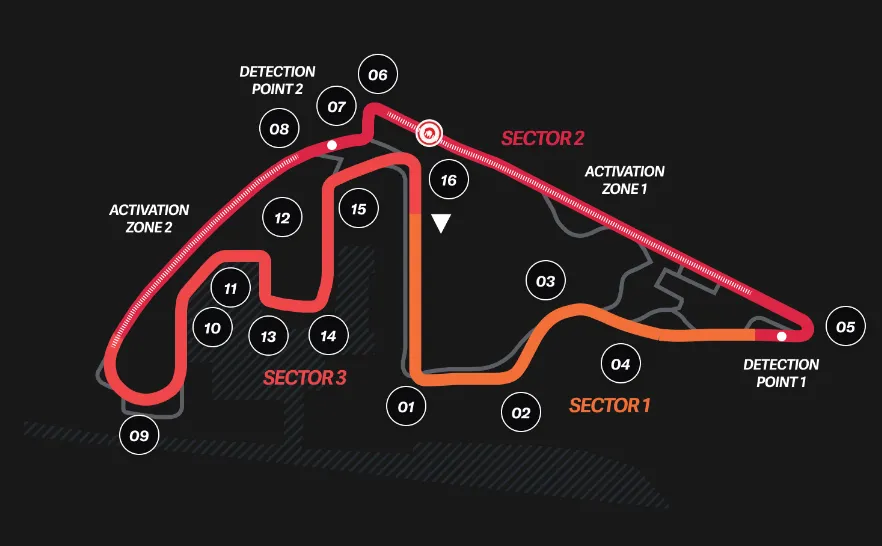
Ahead of the 2021 race, significant modifications altered the Yas Marina Circuit, shortening the lap from 5.554 km to 5.281 km. Changes included removing the chicane and introducing a banked corner for increased flow.
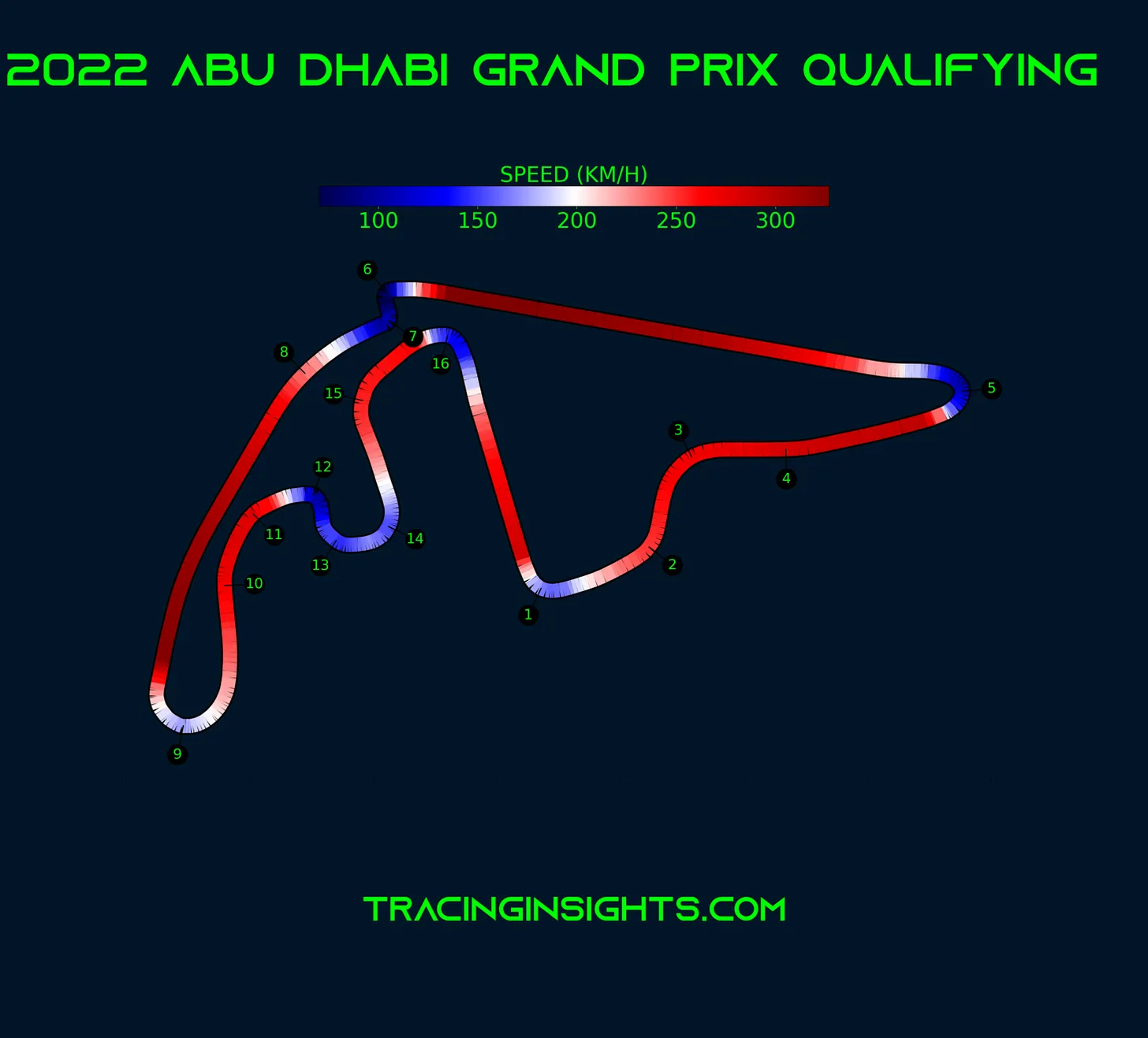
Despite the 2021 track modifications, the Yas Marina lap retains 16 corners and features a 1.2-kilometer straight between turns 5 and 6, offering a mix of challenges.
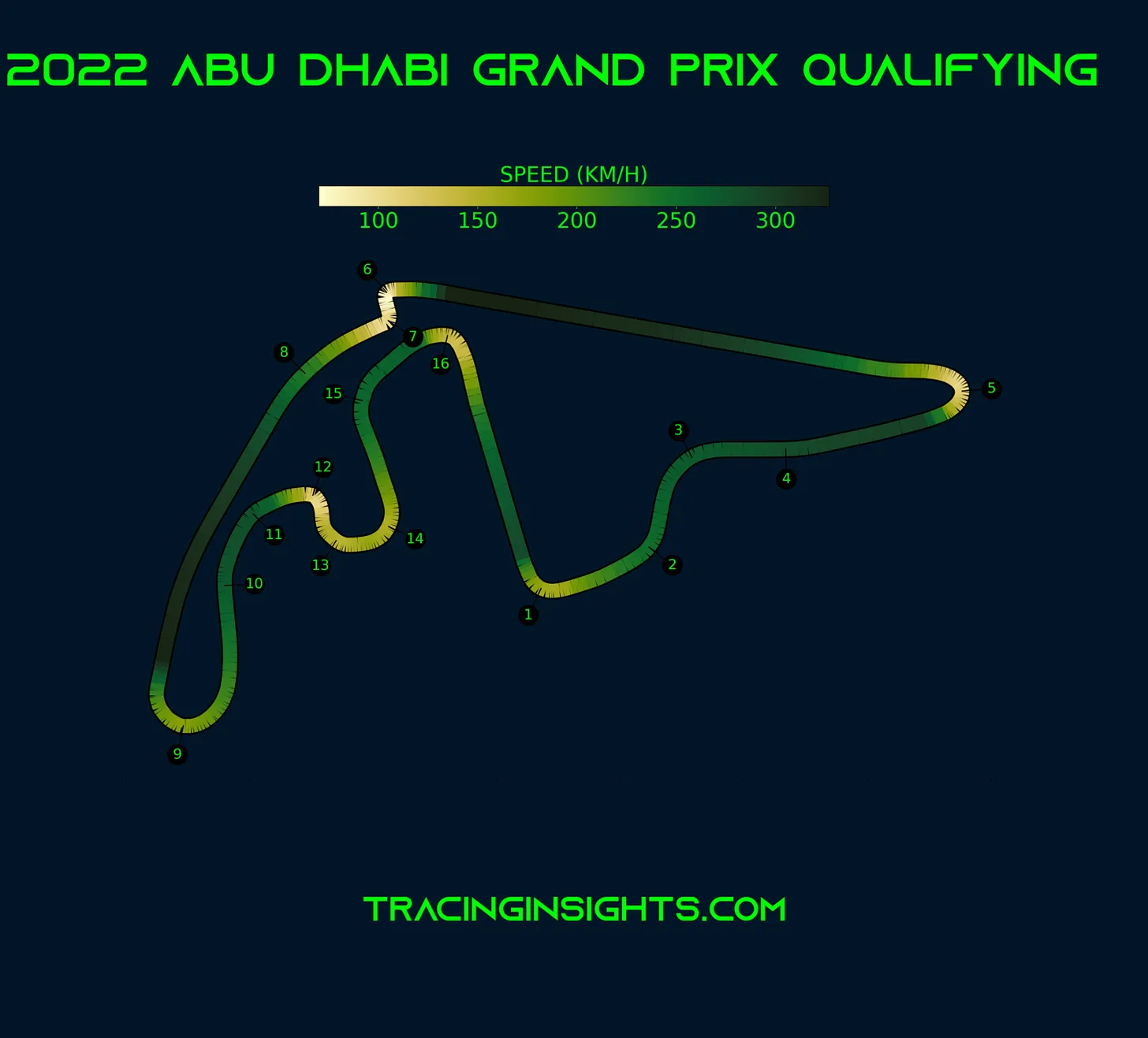
The circuit's schedule poses challenges for engineers and drivers, transitioning from daytime sessions (FP1 and FP3) to nighttime activities (FP2, Qualifying, and the Grand Prix). This shift necessitates adjustments for varying ambient and track temperatures.
Turn 5,6 and 16 are considered to be the most demanding for the braking system. 16% of the lap time is spent on braking
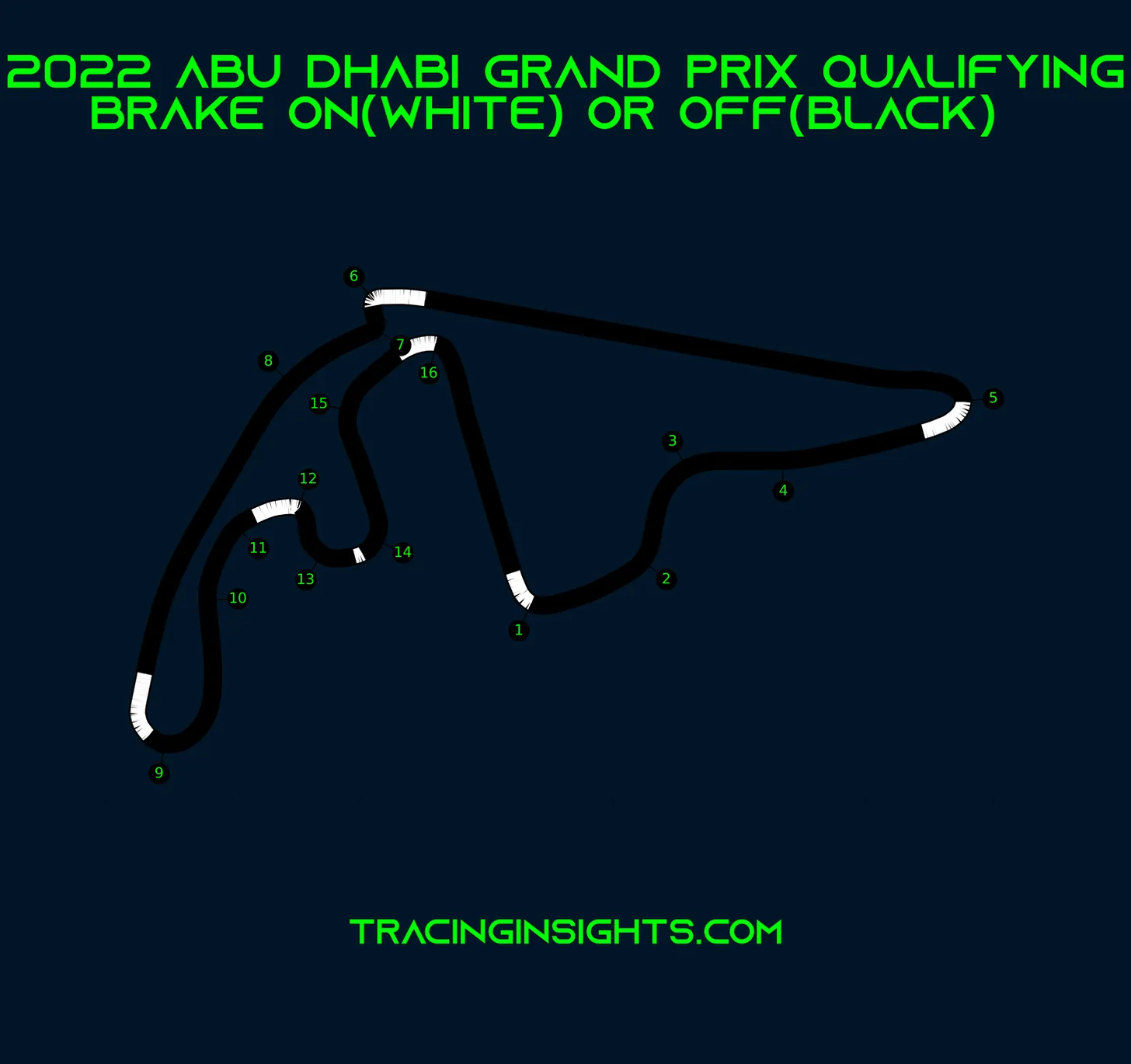
The Yas Marina pitlane stands out with its unique feature—a tunnel. Drivers pass beneath the track at the pit lane exit, rejoining on the left-hand side of Turn 2.
Yas Marina hosts the season-ending Grand Prix for the 15th time, marking the 12th finale in F1 history.
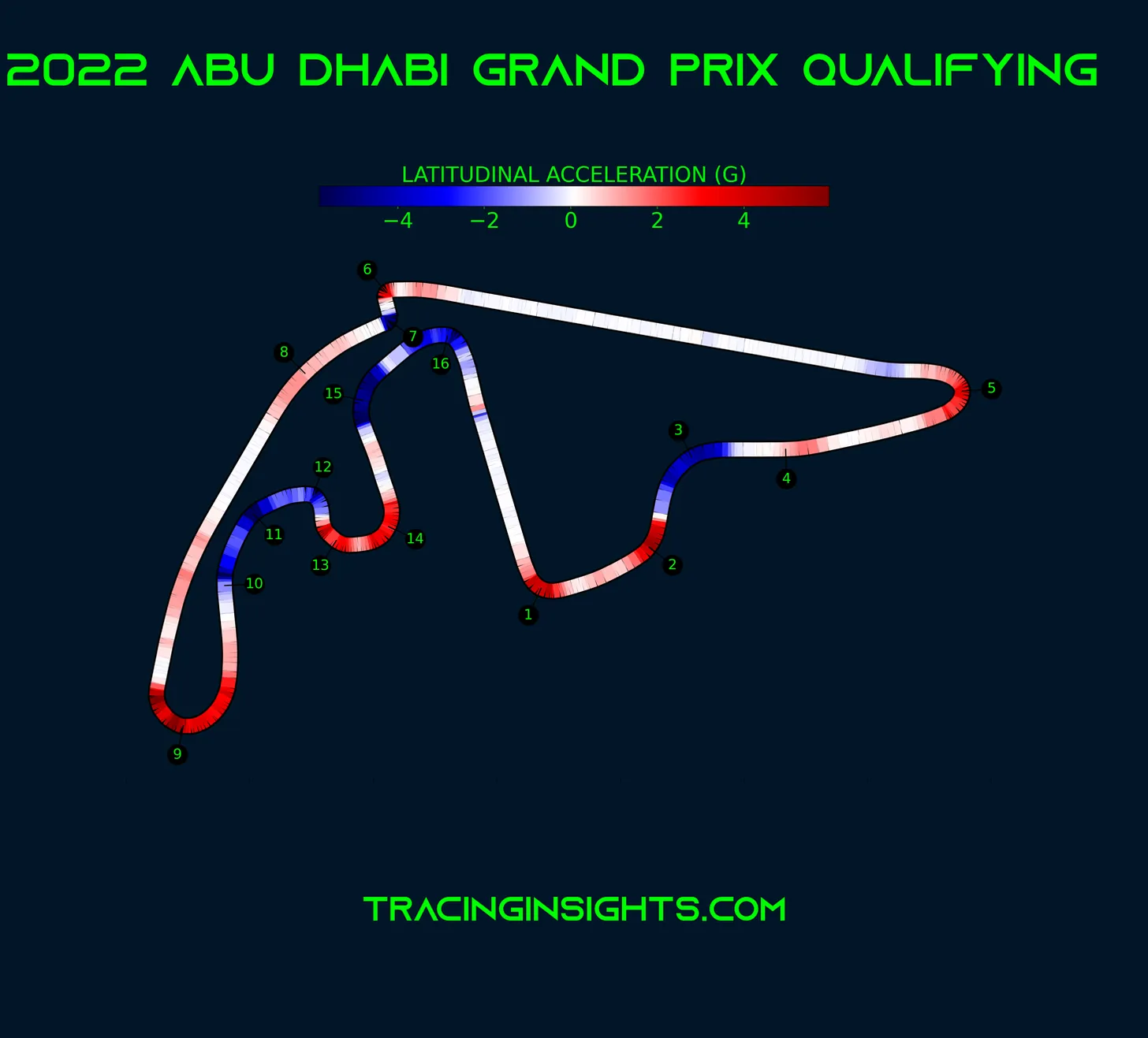
Tyre Selection and Characteristics
Yas Marina is on the lower end of the scale when it comes to tyre demands, despite the vertical loads on the front axle in particular.
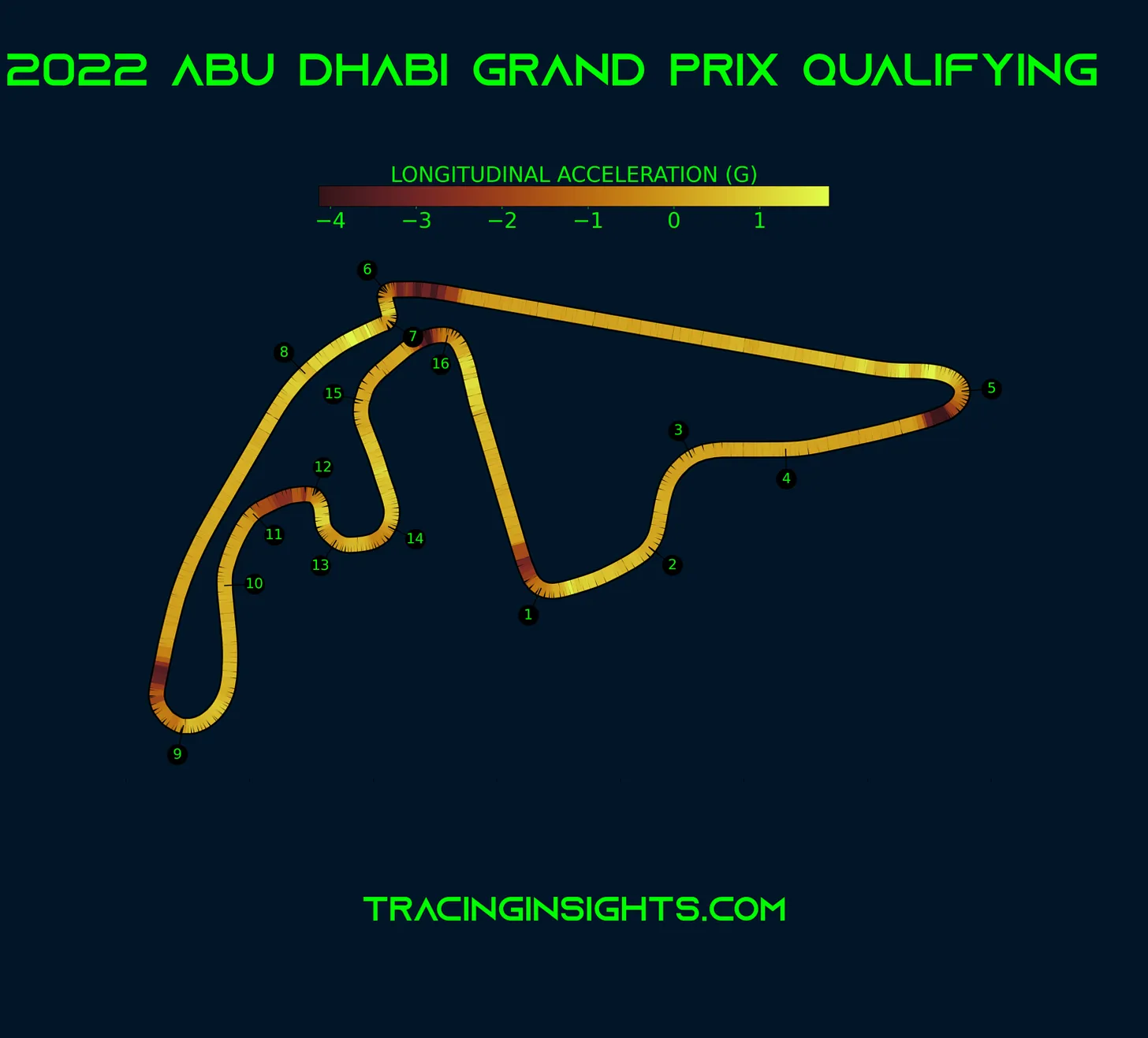
For the season finale, the nominated tyre compounds are C3 (P Zero White) as the hard, C4 (P Zero Yellow) as the medium, and C5 (P Zero Red) as the soft.
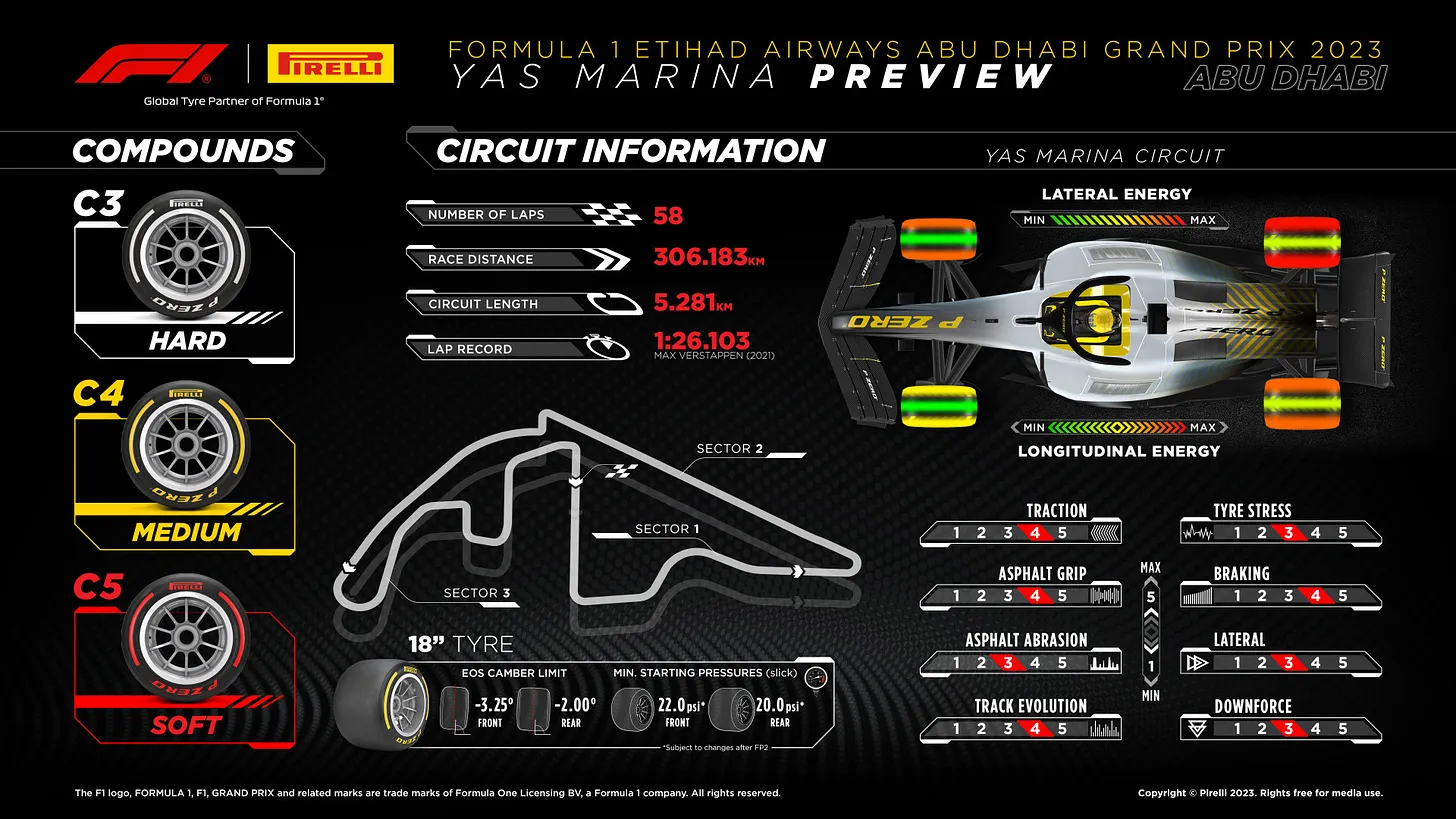
In the previous Abu Dhabi Grand Prix, most drivers started on medium tyres. The top two finishers—Max Verstappen, Charles Leclerc —adopted a one-stop strategy, transitioning to the hard tyre on laps 20 and 21 respectively.
Strategy Considerations
In the last five races at Yas Marina, three Safety Cars and three Virtual Safety Car deployments occurred, despite ample run-off areas.
Abu Dhabi stands out with the fifth-highest DRS effect of the season, fostering overtaking opportunities and facilitating the success of diverse pit-stop strategies. This is further emphasized by recent circuit changes designed to enhance overtaking possibilities.
Overtaking opportunities are abundant, with two DRS zones between Turns Five and Six and Turns Eight and Nine. Last year's race set a record with 80 overtakes, emphasizing the track's overtaking opportunities.
One- and two-stop strategies are common at the Abu Dhabi Grand Prix. The pit loss, slightly higher than the season average at 22 seconds, adds a strategic element to the race.
Key Statistics
Pole position at Yas Marina is pivotal, with the winner starting from P1 every year since 2015. The track's average winning margin of 9 seconds is lower than the overall average across all F1 circuits.
Podium finishes from positions four or lower on the starting grid have occurred on ten occasions since 2009, with the most recent instance taking place in 2021.
In the Constructors' Championship, Mercedes leads Ferrari by four points, while only 11 points separate McLaren and Aston Martin in the battle for fourth.
The Drivers' Championship sees tight competition, with 12 points covering Carlos Sainz, Fernando Alonso, Lando Norris, and Charles Leclerc in positions four to seven.
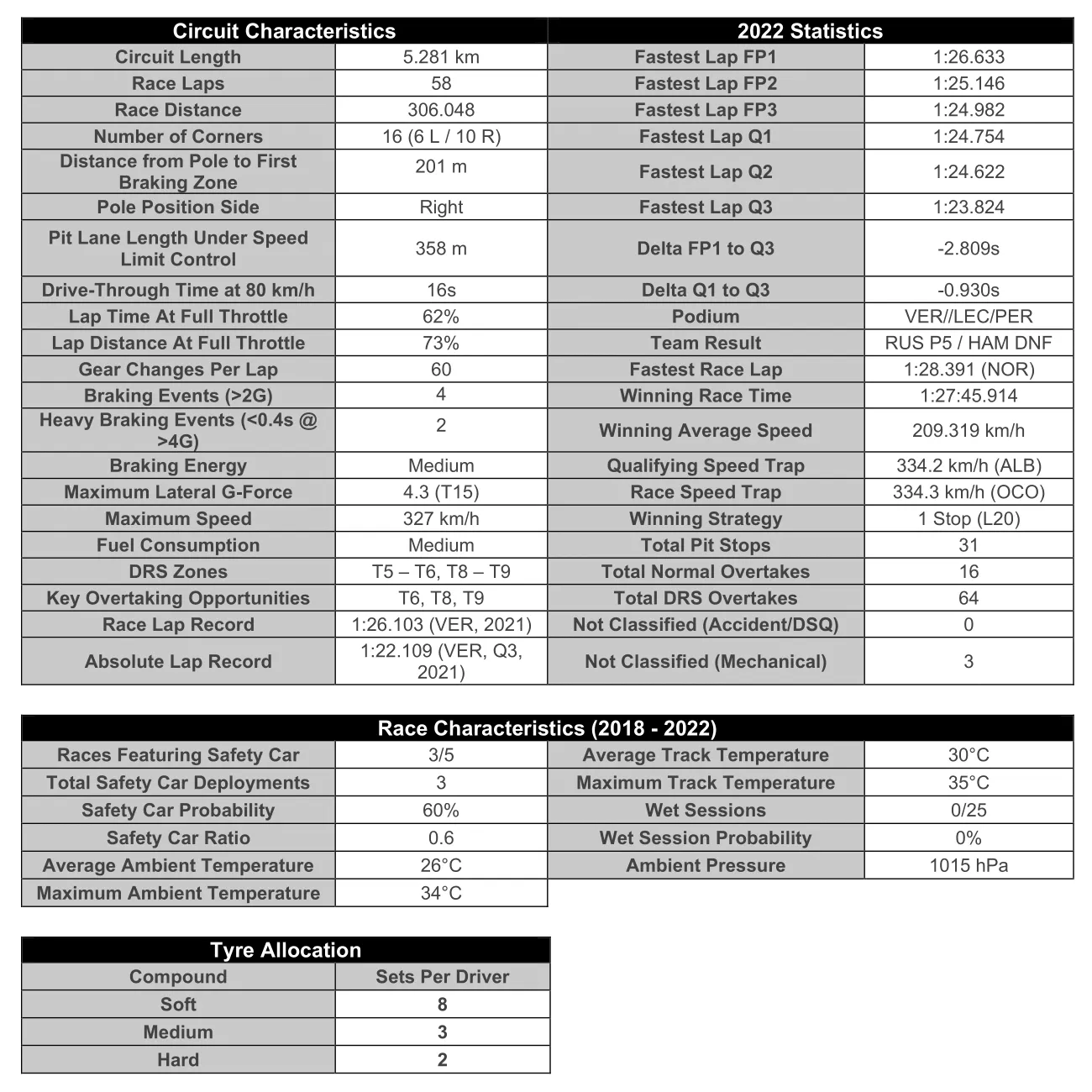
Follow me on Twitter, Instagram, Sub-Reddit, Threads for more analysis